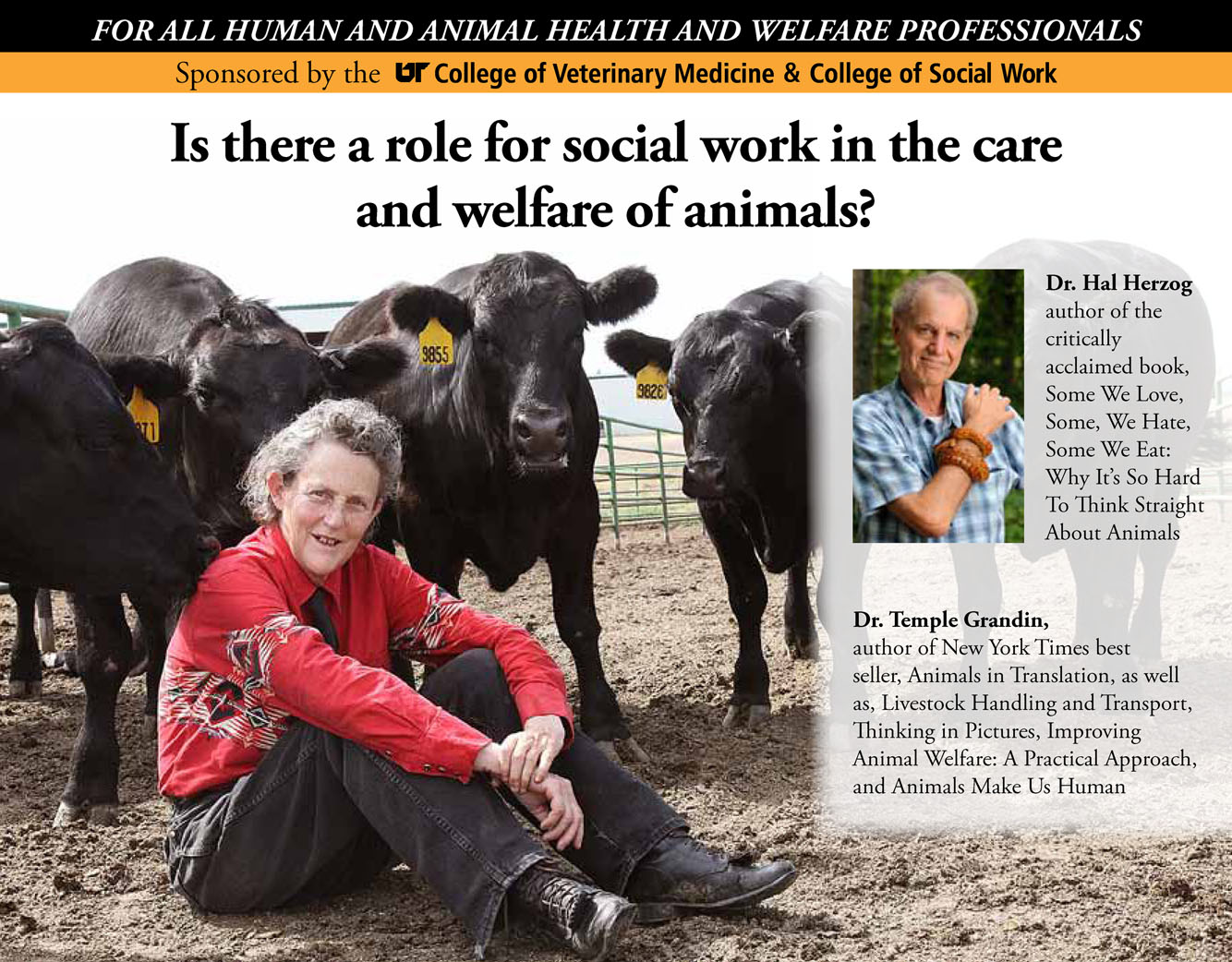Event Title
Making it Safer for People and their Pets
Abstract
How do you determine in a constrained—and strained—home visit of 30 minutes or so whether children are safe in the home? The severity of domestic violence? The adequacy of care for a dependent adult or frail elder? How do you pinpoint the area(s) of greatest risk, design an easy, effective and affordable intervention to lessen risk and improve family ties and persuade the family to give it a try?
This workshop will show how asking a few questions about the family pet will
- Build a collaborative relationship with clients
- Elicit candid and accurate information about worrisome behaviors and impulsivity on which risk assessments can be based
- Point to targeted interventions that will immediately lessen risk and have the potential to make lasting change.
The workshop will focus on the safety of all living beings in the home, assessing risk of abuse and neglect involving animals, children, abuse-reactive and perpetrating children and youth, domestic violence, dependent adult and elder abuse and neglect. Using Barbara Boat’s Inventory on Animal-Related Experiences and Lynn Loar’s Know Your Buttons worksheet, participants will be able to establish rapport with vulnerable clients, collaborately identify areas of greatest risk and target interventions accordingly.
Track
The link between human and animal violence
Preferred Presentation Format
Workshop: 1-hour workshop
Location
LECONTE ROOM
Start Date
13-4-2013 10:00 AM
End Date
13-4-2013 11:30 AM
Making it Safer for People and their Pets
LECONTE ROOM
How do you determine in a constrained—and strained—home visit of 30 minutes or so whether children are safe in the home? The severity of domestic violence? The adequacy of care for a dependent adult or frail elder? How do you pinpoint the area(s) of greatest risk, design an easy, effective and affordable intervention to lessen risk and improve family ties and persuade the family to give it a try?
This workshop will show how asking a few questions about the family pet will
- Build a collaborative relationship with clients
- Elicit candid and accurate information about worrisome behaviors and impulsivity on which risk assessments can be based
- Point to targeted interventions that will immediately lessen risk and have the potential to make lasting change.
The workshop will focus on the safety of all living beings in the home, assessing risk of abuse and neglect involving animals, children, abuse-reactive and perpetrating children and youth, domestic violence, dependent adult and elder abuse and neglect. Using Barbara Boat’s Inventory on Animal-Related Experiences and Lynn Loar’s Know Your Buttons worksheet, participants will be able to establish rapport with vulnerable clients, collaborately identify areas of greatest risk and target interventions accordingly.


Speaker Bio
Lynn Loar, Ph.D., LCSW, is a licensed clinical social worker and the president of the Pryor Foundation, an organization which promotes methods that facilitate behavioral change exclusively through positive reinforcement. She specializes in abuse and neglect across the lifespan, and in the role that cruelty to and neglect of animals play in family dysfunction and violence. She is the co-author of numerous books and articles on the role animals play in family violence, including Loar, L. and L. Colman. (2004). Teaching empathy: Animal-assisted therapy programs for children and families exposed to violence, and Patronek, G., L. Loar, and J. Nathanson. (2006). Animal hoarding: Structuring interdisciplinary responses to help people, animals and communities at risk.